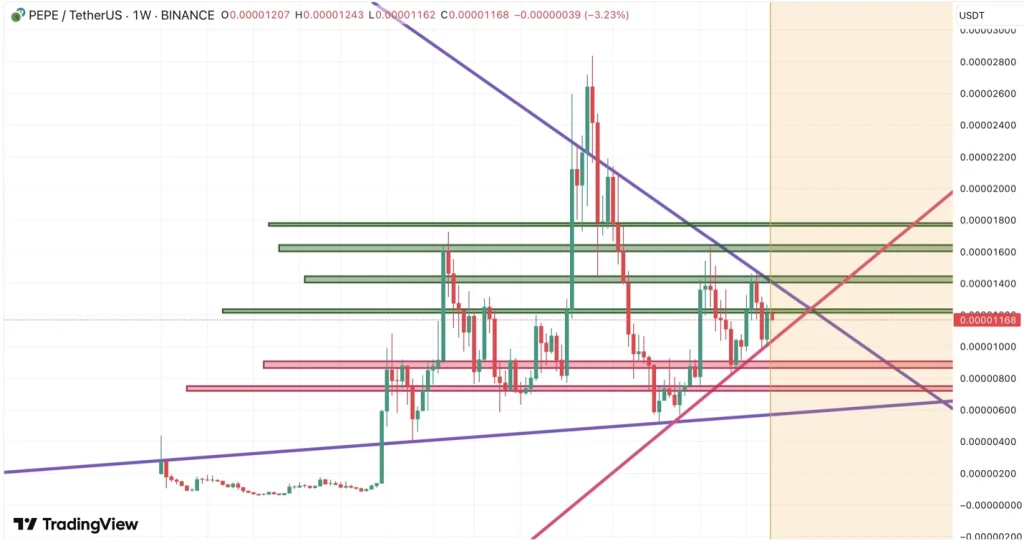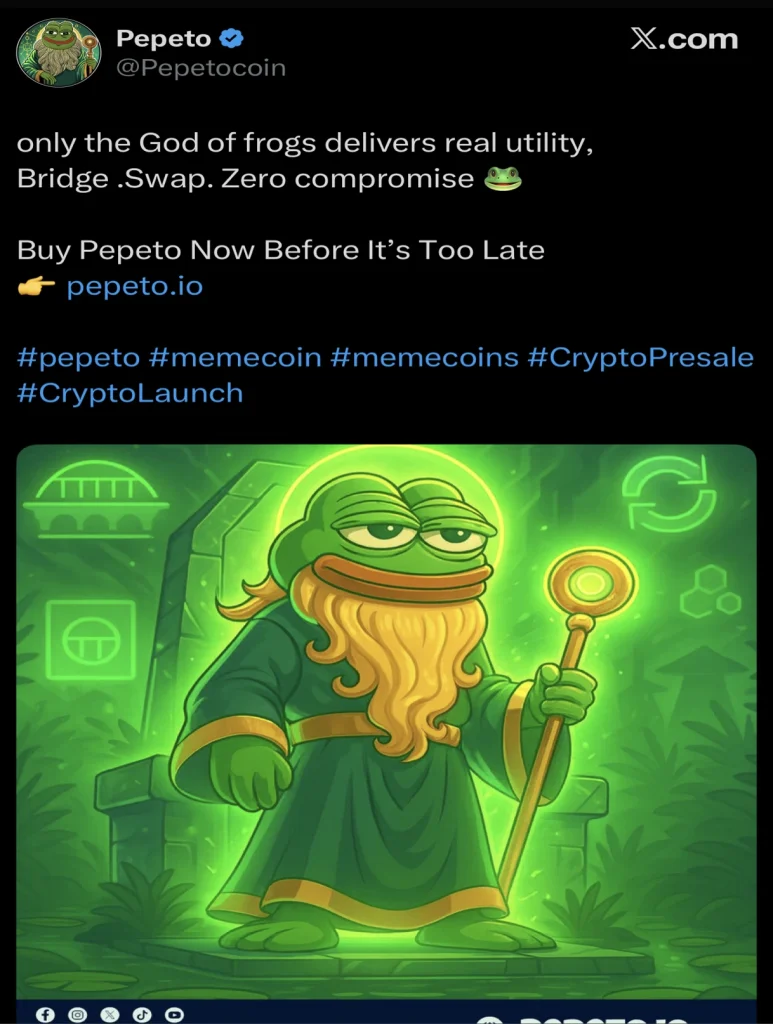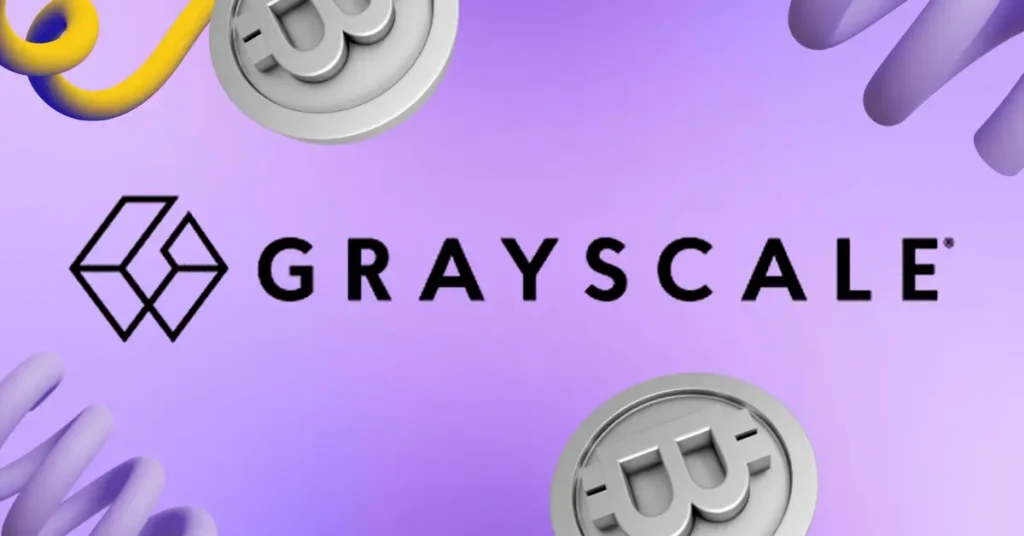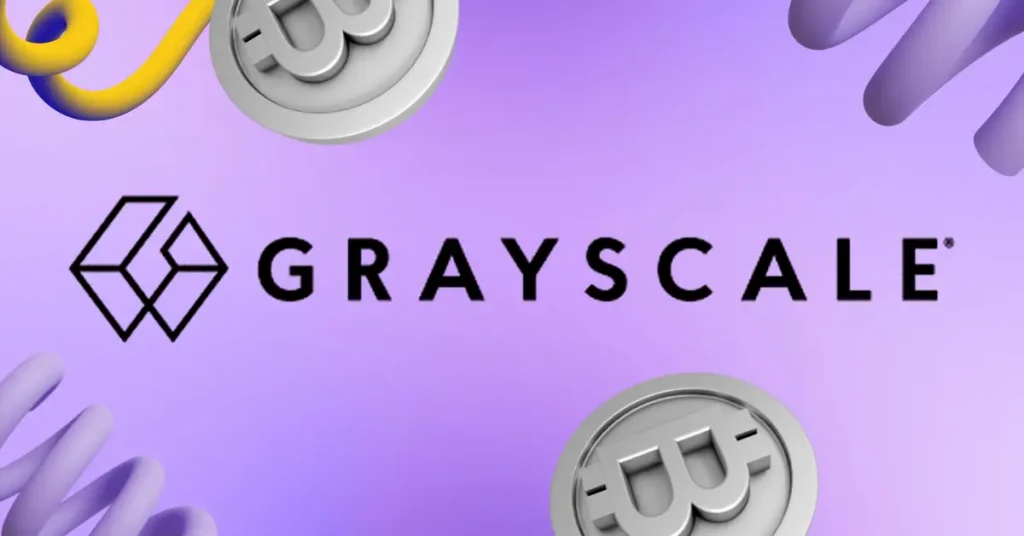First Speakers Announced for Blockchain Futurist Conference Miami, the Next Major Web3 Event in the U.S.
Taking place at a pivotal time for the American crypto industry, the 8th annual conference is set to make a huge impact this November 5 – 6, 2025.
Blockchain Futurist Conference returns for its eighth edition on November 5-6, 2025, bringing its signature Web3 experience to
Greater Miami, Florida. The event will take place at the iconic Hard Rock Guitar Hotel and DAER, offering a unique mix of quality programming and immersive networking.
For more than seven years, Futurist Conference has redefined what a Web3 event can be, earning a reputation for sparking high-value conversations in immersive, unconventional settings.
Now, with momentum accelerating across the industry and regulatory clarity beginning to take shape in the United States, the timing for its U.S. expansion could not be better. The Miami edition continues that legacy in a city rapidly establishing itself as a global hub for Web3 innovation.
The first wave of speakers for Futurist Miami has officially been announced, representing some of the most influential names across crypto, blockchain, AI, and emerging tech:
- Mike Belshe, Co-Founder and CEO, BitGo
- Shaw Walters, Founder, Eliza Labs
- Luca Netz, CEO, Pudgy Penguins
- Lisa Loud, Executive Director, Secret Network
- Evan Kuhn, President, DeLorean Labs
- Justin Sun, Founder, TRON
- Janet Adams, COO, SingularityNET
- Dean Skurka, President and CEO, WonderFi
- Clara Tsao, Founding Officer, Filecoin Foundation
- Todd Shapiro, Co-Founder and CEO, Red Light Holland
- Trevor Koverko, Co-Founder, Sapien
- Toufi Saliba, CEO, HyperCycle.ai
This lineup showcases the caliber of content attendees can expect, with over 300 speakers set to take the spotlight across four epic stages.
Current top sponsors include Tangem Wallet, ZKDL, DeLorean Labs, Sullivan Hart, and Nexa, with additional announcements to come. Media partners such as Paul Barron Network, The Defiant, Genzio, Blockchain North, Market Across, and Melrose PR will be in participating. Conference goers can expect tons of on-site interviews and coverage throughout the two days.
Futurist Conference Miami will also feature thousands of attendees, on-site side events, multi-level expo floors, and VIP private outdoor cabanas. The experience will include a curated NFT gallery by BitBasel, showcasing both digital and physical art.
In keeping with Futurist’s Web3-native approach, attendees can purchase tickets using major cryptocurrencies like Bitcoin, Ethereum, and Solana, thanks to their payment partner EukaPay. This on-chain integration reinforces the event’s commitment to the ecosystem it serves.
Less than three months remain until industry leaders, innovators, and changemakers gather in Miami. Be part of the movement, apply to speak, sponsor, or secure your tickets now.
For sponsorship: https://www.futuristconference.com/sponsorship-form
For speaking: https://www.futuristconference.com/speaker-form
For tickets: https://www.futuristconference.com/florida/ticket
The post First Speakers Announced for Blockchain Futurist Conference Miami, the Next Major Web3 Event in the U.S. appeared first on BeInCrypto.










 …
… 

